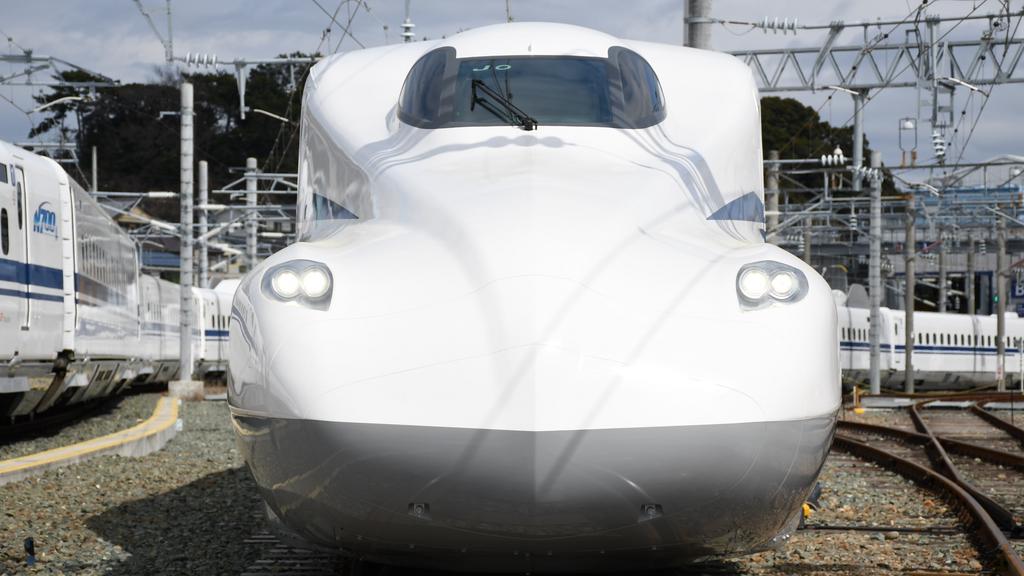
Keith spoke about the environmental impacts, primarily how they affect smaller communities as well as farm and ranch lands between the two metropolises. It’s not just flora and fauna, it’s the human environment: air quality, noise pollution, everything.” “ the environmental, obviously, to make sure it’s not environmentally invasive, and they’re examining anything and everything under that environmental umbrella. “The two main pieces of regulatory approval we need are…the environmental impact statement and then all of the safety and technical approvals,” Cowle said. Rebecca Cowle, the outreach manager for Texas Central Partners, explained major pieces of legislation the railway needs to officially begin construction. However, there are still several legislative issues the railway must first contend. Keith added that Texas Central aims to provide a “reliable, convenient, comfortable and productive” travel experience for all of its passengers.Īt this point, the railway is anticipated to begin construction at the earliest next year. In fact, the average travel time forecasts an increase from four hours driving from Houston to Dallas to six hours.” “As we grow, congestion is forecasted to impact travel speed, travel times and other factors. “One of the reasons we need that choice is because congestion will continue to increase,” Keith said. With this railway, Keith said he hopes to offer those travelers a more convenient travel option, especially as cities continue to grow and highway travel becomes more and more crowded. It’s quite unique in that we’ll be helping generate economic impact on a permanent basis all over the place.”Ĭurrently, about 14 million people travel from Dallas to Houston every year, and over 90% of those travel by car. “I like to say we’re infrastructure funding any projects the leaders of the communities collecting taxes need to fund, whether it be social services, housing, shelters for homeless families, animal shelters or new roads in other areas. No other road system or any other public mode of transport pays taxes. “We’re going to be an infrastructure company that pays taxes. “As an entrepreneurial sponsor, we’re private,” Keith said. Instead, the rail will be funded entirely through private capital and investors. The trains will depart every 30 minutes, and the railway will have stations in downtown Dallas and downtown Houston, along with a third station being planned for Grimes County to service Texas A&M students.Īlthough the train will be considered public transportation, Keith stressed that taxpayers will not be footing the bill for the railway. The 240-mile long railway will enable passengers to travel from Dallas to Houston in under 90 minutes, utilizing a state-of-the-art bullet train that can travel up to 205 miles per hour. Tim Keith, president of Texas Central Partners, spoke to a group of investors and real estate professionals about the project.


The luncheon was hosted by the North Texas CCIM (Certified Commercial Investment Member) Chapter. Texas Central Partners spoke about plans for a new high-speed railway connecting Dallas and Houston on Thursday, March 9th at a luncheon at the Park City Club in Dallas.


 0 kommentar(er)
0 kommentar(er)
